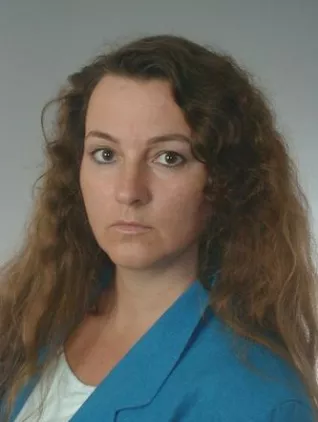Development of new phosphate/silicate/agarose-based hybrids as bone graft substitutes with release function for bisphosphonate drugs
Doctoral project at a glance
Departments and Instituts
Period
03.06.2019 to 02.06.2024
Project Description
What cannot be cured must be learned to endure. Researchers, however, are trying to change this fact and are looking for new treatments for a variety of different diseases. One example is large, so-called "critical size" bone injuries that cannot heal without extensive surgery during a person's lifetime. One approach to changing this is to use mesenchymal stem cells (MSCs), which have shown great potential for treating such conditions. They can differentiate into bone cells and additionally release therapeutic factors. However, under certain circumstances, they are limited in quantity and cannot maintain their capabilities under prolonged laboratory culture.
Recently, the discovery of induced pluripotent stem cells (iPSCs), which won the Nobel Prize in 2012, offered a new approach. These cells can be generated on-demand in the laboratory to become mesenchymal stem cells (iMSCs), providing a potential alternative technique. iMSCs have similarities to MSCs, but little is yet known about them. In her PhD project, Sarah Shoushrah wants to find out how effective iMSCs are compared to MSCs for future applications in bone repair.

